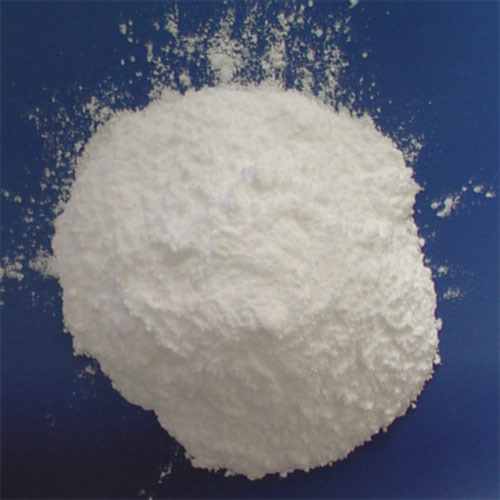Potassium Chloride Side Effects
Potassium Chloride (KCl) is a metal halide salt composed of potassium and chloride. Though it’s considered safe, some are convinced it has potentially dangerous health effects.
What Is Potassium Chloride?
Potassium Chloride is a food additive used as a regulator and gelling agent. It is a colorless crystal or a white crystal powder. Potassium Chloride is used as nutritional supplement, gelatin agent, yeast food, flavor regulator, used in energy drinks, fruits, and vegetables.
Possible Side Effects of Potassium Chloride
Potassium Chloride is generally considered a safe ingredient. The side effects may: Severe allergic reactions (rash; hives; itching; difficulty breathing; tightness in the chest; swelling of the mouth, face, lips, or tongue); black, tarry stools; chest pain; irregular heartbeat; listlessness; numbness or tingling in your skin, lips, hands, or feet; severe nausea or vomiting; stomach pain or swelling; unusual confusion or anxiety; unusual muscle weakness or paralysis; vomit that looks like coffee grounds; weak or heavy legs.
GRAS Affirmation: Yes
Generally recognized as safe (GRAS) is an American Food and Drug Administration (FDA) designation that a chemical or substance added to food is considered safe by experts, and so is exempted from the usual Federal Food, Drug, and Cosmetic Act (FFDCA) food additive tolerance requirements. Potassium Chloride is considered safe by FDA.
Suggested Dosage
NA.
Special Populations Precaution
There is a lot of concern about diet and nutrition for these population, like Newborns, children, pregnant, sensitive to Potassium Chloride populations. Better consult to your doctor if you would like to intake Potassium Chloride.
Related Research
1. http://www.ncbi.nlm.nih.gov/pubmed/24983520 [Mol Cell Neurosci. 2014 Jul] Author: Jantzie LL, Getsy PM, Firl DJ, Wilson CG, Miller RH, Robinson S.
2. Potassium chloride-induced fetal demise: a retrospective cohort study of efficacy and safety. [J Ultrasound Med. 2014 Feb] Author: Sfakianaki AK, Davis KJ, Copel JA, Stanwood NL, Lipkind HS.
3. Efficacy of oral potassium chloride administration in treating lactating dairy cows with experimentally induced hypokalemia, hypochloremia, and alkalemia. [J Dairy Sci. 2014 Mar] Author: Constable PD, Hiew MW, Tinkler S, Townsend J.
4. [Accidental intravenous injection of potassium chloride: analysis of contributing factors and barriers to risk reduction]. [Ann Fr Anesth Reanim. 2009 May] Author: Bonvin A, Vantard N, Charpiat B, Pral N, Leboucher G, Philip-Girard F, Viale JP.

